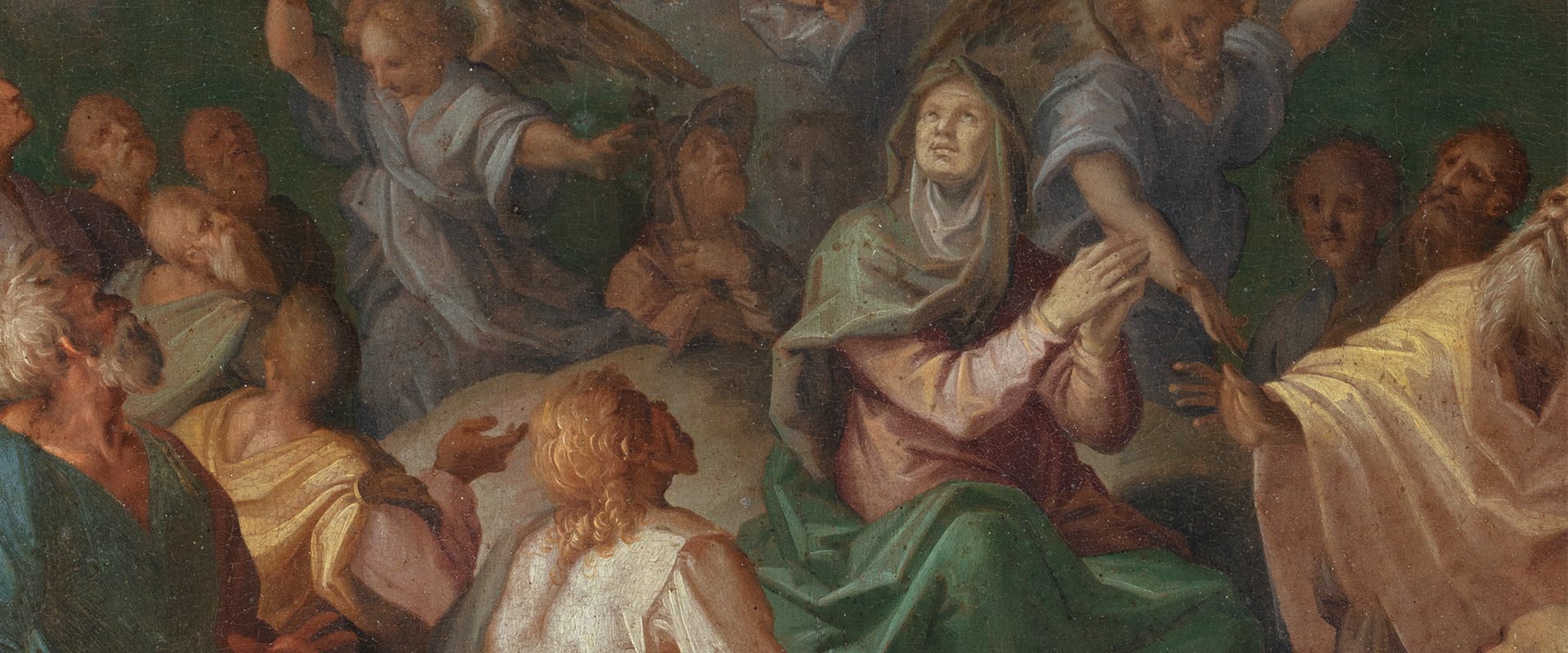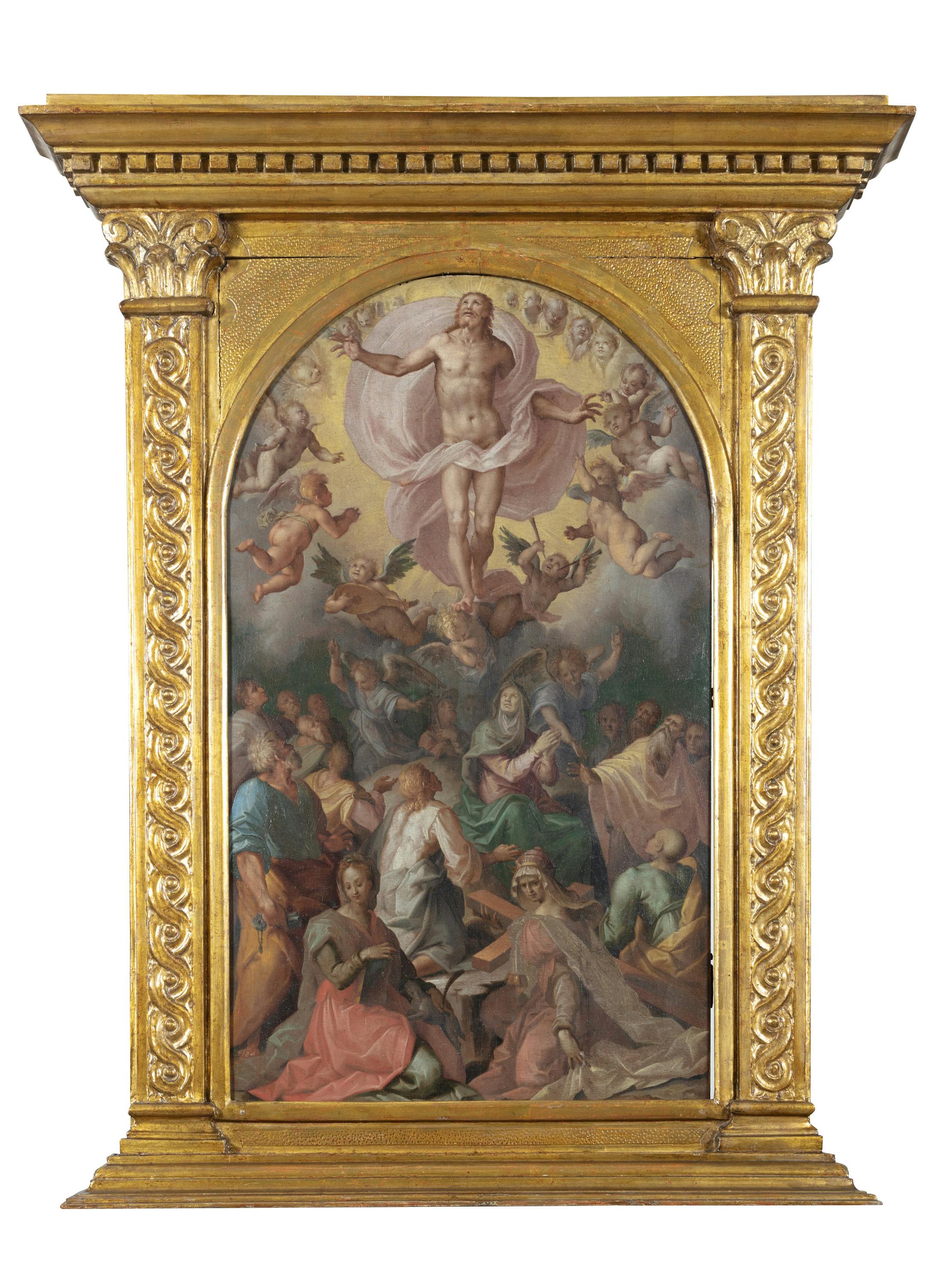A gem of 16th-century painting joins the Uffizi
Donated by the Amici degli Uffizi, this panel featuring the Ascension of Christ was designed by Maso da San Friano for the Santa Maria del Carmine altarpiece (destroyed in the fire of 1771).
A gem that was thought to be lost, this Ascension of Christ by the Florentine Mannerist painter Tommaso Manzuoli, known as Maso da San Friano as he was originally from the city’s San Frediano district (Florence, 1531-1571), has re-emerged from a private collection in northern Italy. Purchased by the Amici degli Uffizi association, it has been donated to the Museum where it will soon be exhibited in the Gallery of Statues and Paintings.
The association, which supports the famous Florentine museum, gained the valuable panel at a Finarte auction in Rome, ‘stealing’ it away from art critic Vittorio Sgarbi after a series of bids. Designed for the altarpiece bound for the chapel of the Confraternity of Santa Maria delle Laude and Sant’Agnese at the Santa Maria del Carmine church in Florence, the work remained unfinished due to Maso’s untimely death. It was completed by the young Giovanni Battista Naldini (Fiesole 1537 - 1591), though later ruined in a fire that destroyed the church in 1771. A number of preliminary sketches of the design, by Maso himself, are now preserved in the Uffizi Department of Prints and Drawings.
This Ascension design, dating back to 1565, is therefore a valuable testimony to the Carmine chapel decoration project commissioned and carried out for the tricentenary of Compagnia di Sant'Agnese’s founding (1269). Saint Agnes stands in the foreground of the painting alongside Saint Helena, introducing a gesticulating and colourful crowd of cloaked apostles, with the Madonna and angels, as an exception to the formal rigidity and compunction imposed by the recently concluded Council of Trent. Maso da San Friano's debt to Pontormo is evident in this animated composition, saturated with pathos and with its almost visionary light effects that create delicate iridescence in the figures and drapery. A “truly exhilarating” sketch, as described by art historian Luciano Berti, former director of the Uffizi Gallery, in his 1963 essay on Maso da San Friano. This is where the scholar first mentions this work, emphasising its similarities with Pontormo's own creations, freely interpreted by Maso with extravagance and, at times, caricatured effects, starting with the joyful, cheerful cherub suspended between heaven and earth which forms the basis of the Saviour's journey to heaven. In this overriding atmosphere of whimsy, still Mannerist in style, the painting continues to show signs of the religious restlessness of the period. The petite, elderly Virgin and the wistful Saint Agnes looking downward, reflect the climate of devotion and austerity imposed by the Council of Trent.
An early exponent of late Mannerism in Florence, Maso da San Friano was, according to Vasari, a pupil of Pier Francesco Foschi and over his short life - only 40 years - created paintings for the city's major churches, including San Pier Maggiore, Santa Felicita and Ognissanti. In 1571, he contributed to the decoration of the famous Studiolo of Francesco I in the Pitti Palace with two panels depicting Daedalus and Icarus and the Diamond Mines.

